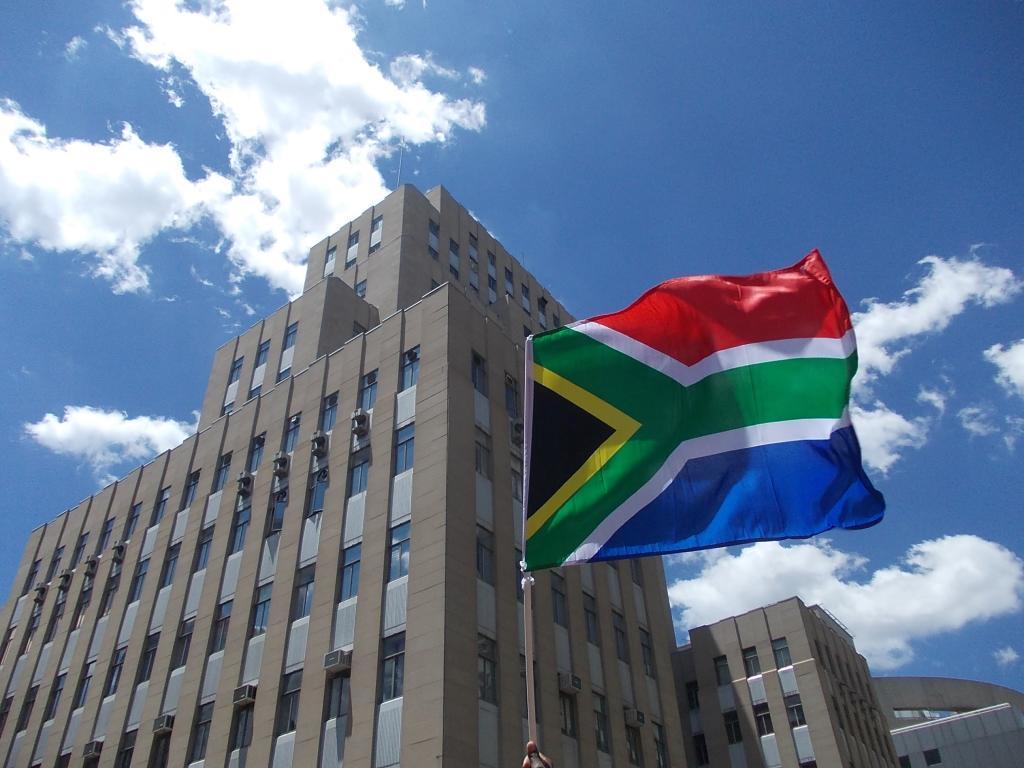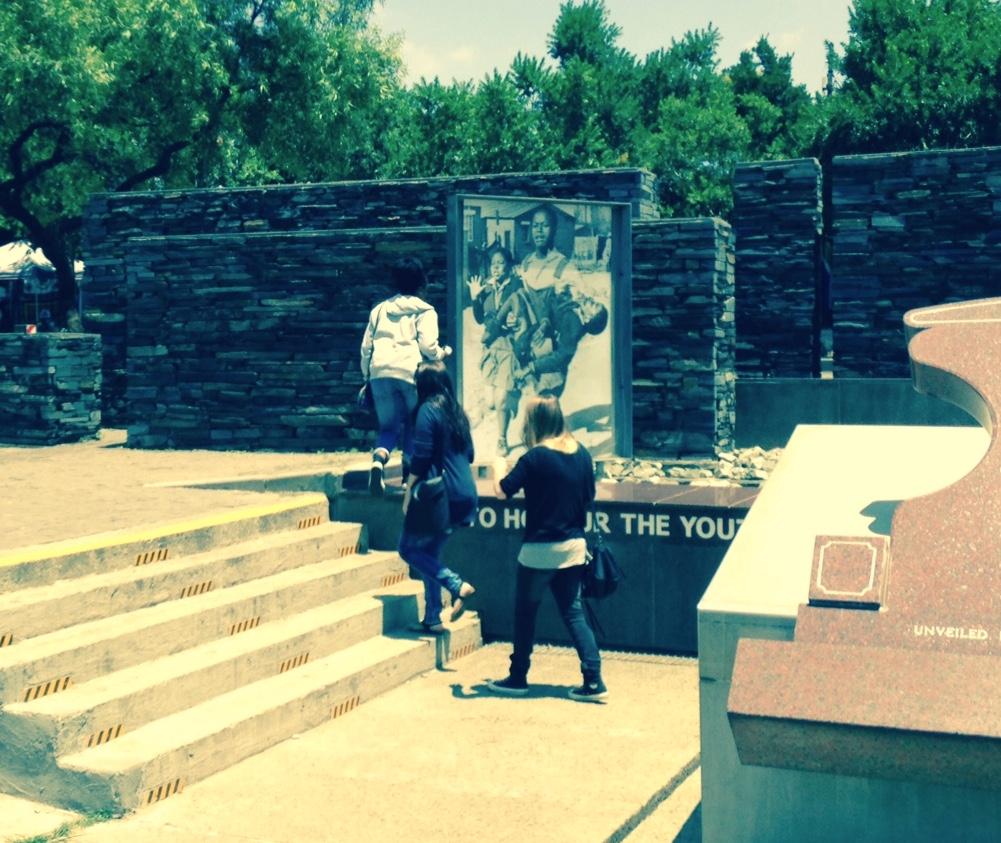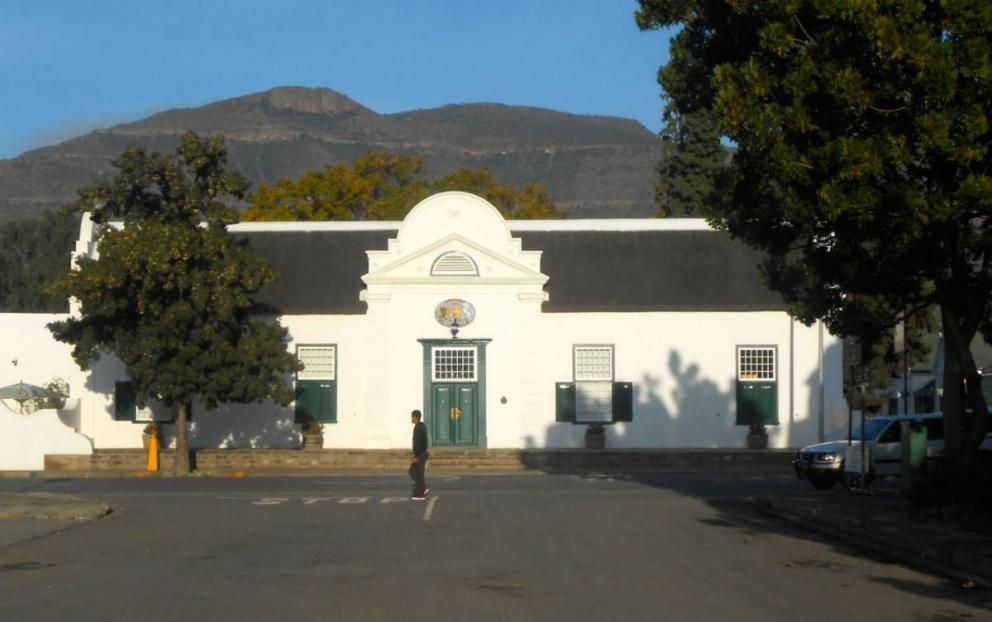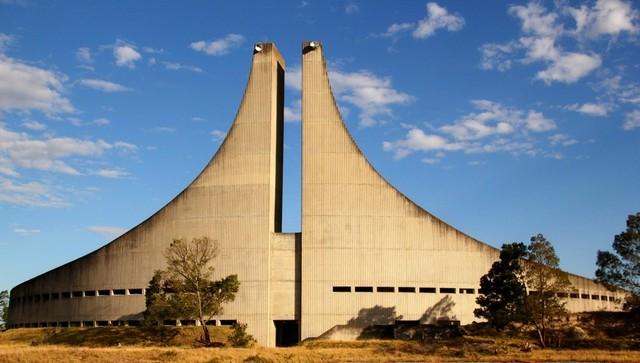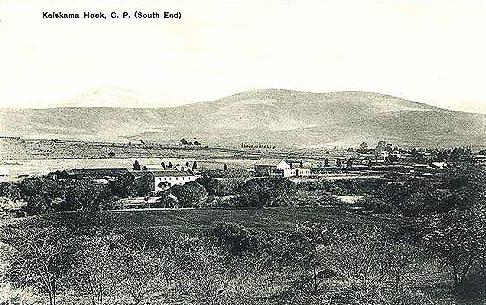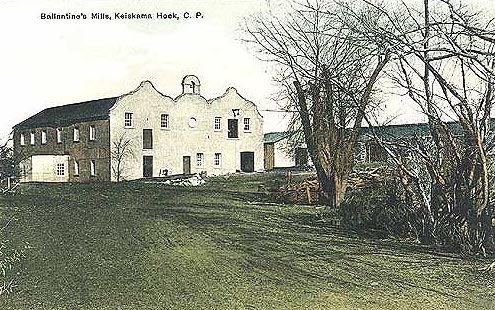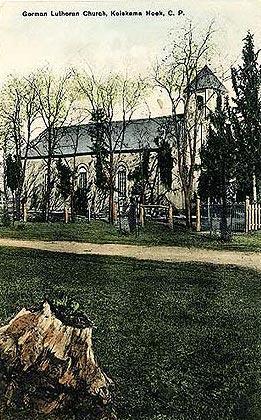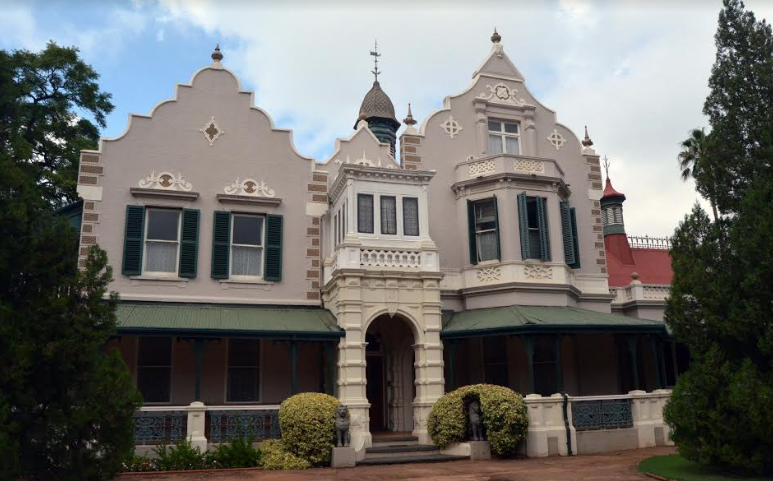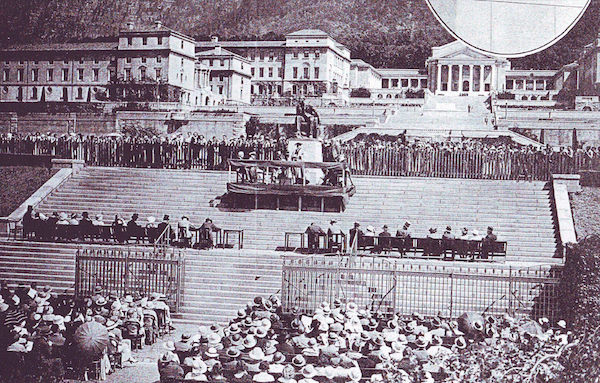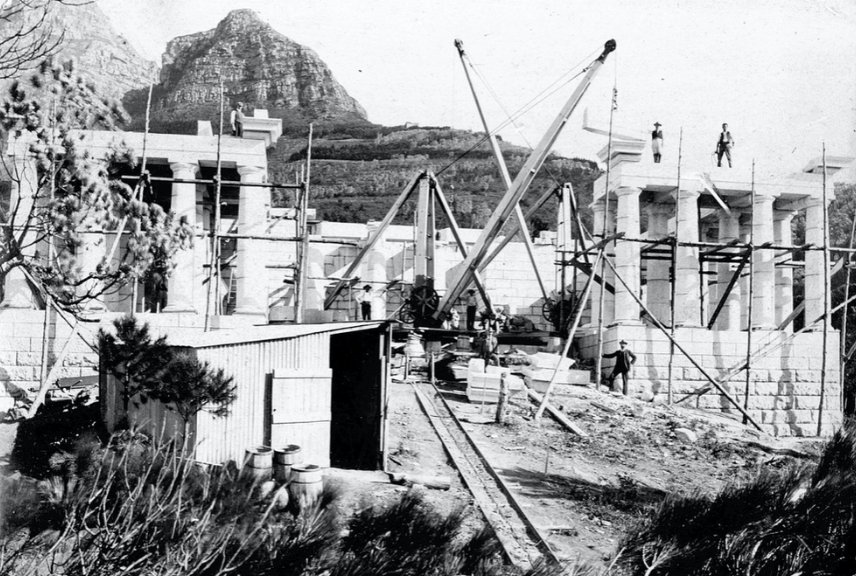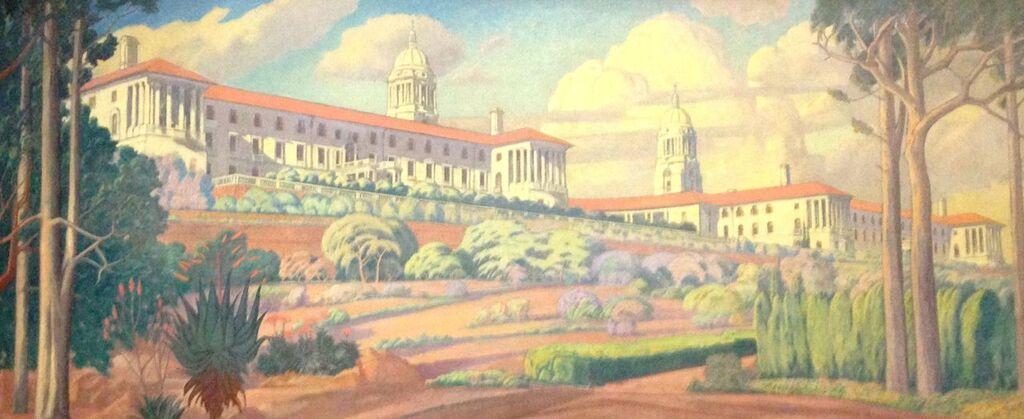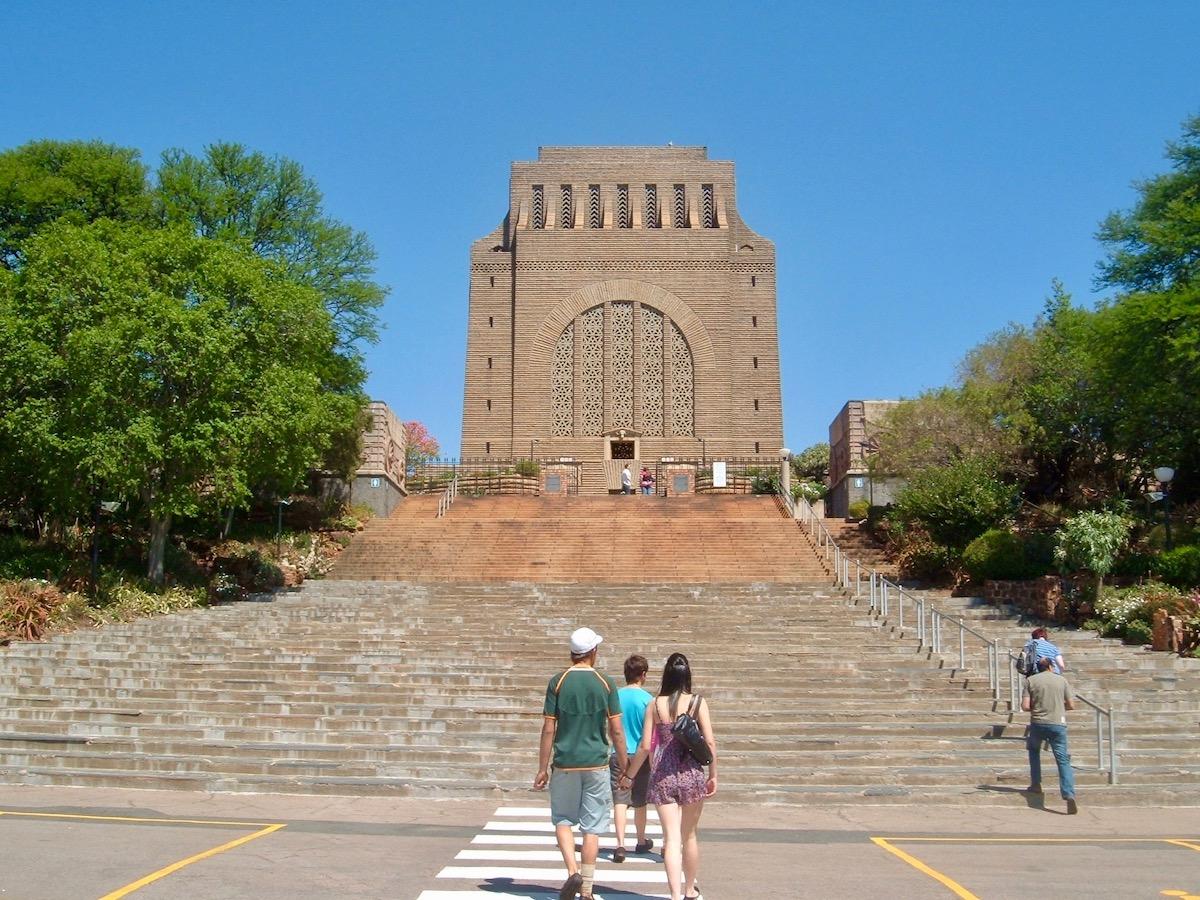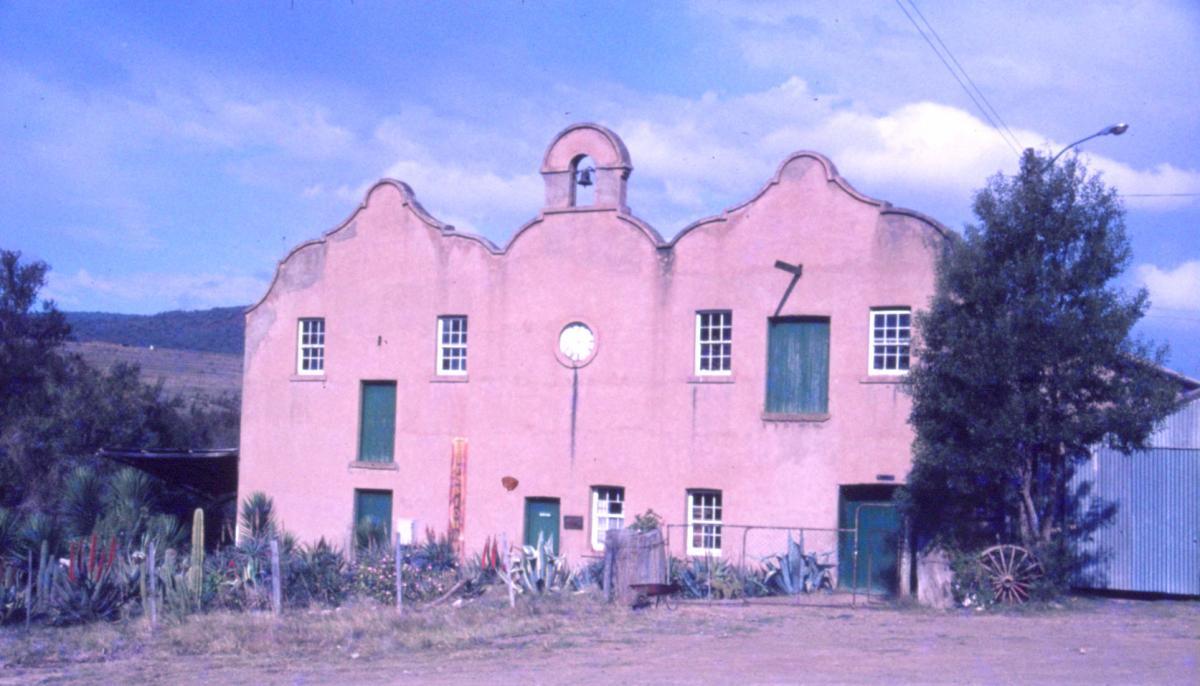
Disclaimer: Any views expressed by individuals and organisations are their own and do not in any way represent the views of The Heritage Portal. If you find any mistakes or historical inaccuracies, please contact the editor.
In 1811 Joseph de Maistre wrote that every nation gets the government it deserves. By extension then, it also get the heritage it merits, and as building after building in our city centres continue to fall before the demolisher’s hammer, many South Africans have been left wondering exactly what they have done to warrant the destruction of so many of their memories.
To many, 1994 marked a turning point in our history, when we had the opportunity of leaving behind the horrors perpetuated by racism and Apartheid and embracing a bright new rainbow future, free from the guilt and recriminations of past events. Regrettably such an approach requires that many hard realities be put into abeyance, and it has not always been possible to ignore the bitter legacy that our ancestors have handed down to us.
A South African flag is waved in front of the Chamber of Mines Building in Johannesburg (The Heritage Portal)
The metaphorical flow of history is linear and does not have sharp corners or U-turns. Instead it moves inexorably through time, and while the lies and dark secrets of our colonial past may lie hidden for a while, eventually history will open them to the light of critical examination and the fresh air of open debate. Then, like suppurating sores, they are revealed for all to see, and while the process of healing is admittedly long and painful, only honest exposure can bring closure for the people concerned.
For others a more relevant marker in our racial history was set 46 years earlier, in 1948, when the Nationalist Party came to power. Most people who voted in that election are now dead or silenced by old age, allowing the blame for that criminal act to be safely transferred to that generation. This conveniently forgets that the colonial theft of land did not begin with Apartheid, but much earlier, in 1652, when the Khoi began to yield, under protest, to Dutch invaders. The assault upon the Xhosa nation began in 1781, and upon everyone else after 1836. The Dutch were in the forefront of such aggression but, for all their protestations, the English were never too far behind.
As a result between 1806 and 1906 at least 39 major battles and innumerable smaller skirmishes were fought between colonial armies and indigenous forces resisting the alienation of their ancestral lands. With a few notable exceptions, the victors were always white. This averages at approximately one major confrontation every 31 months, and when we consider the effect that similar bloody events at Sharpeville in 1960, Soweto in 1976, and Marikana in 2012 have had upon our national psyche, then one begins to understand the impact that a history of repeated massacres must have had upon our ancestors only five or six generations removed. The Great Cattle Killing of 1857, which resulted in an estimated 67,000 Xhosa fatalities and the German slaughter of 77,000 Herero men, women and children in 1904-8 in neighbouring Namibia must have resounded like pistol shots throughout Southern Africa. Time may eventually wipe out the specifics of a bloodbath, but the emotional trauma will always linger on.
Hector Pieterson Memorial Soweto (The Heritage Portal)
There is much evidence to show that, even a hundred and fifty years ago, many white South Africans knew that their actions were wrong, even by the standards of their time, and that these were contrary to the Christian beliefs they professed to hold. Fearing retribution, for the God of their Bible is a vengeful god, in 1948 they sought the protection of a political party that promised them the security of an armed laager. By 1990 it had become obvious that their war was a lost cause, and so for them the election of 1994 became an act of atonement which may have reversed racist and discriminatory legislation but failed to wipe out the memory of 188 years of atrocities.
Whites were also at the delivery end of the stigma of racial discrimination, and the petty and constant humiliation that was inflicted upon men and women of colour on a daily basis. By European standards of the time many of these people were well educated, and belonged to a rising middle class educated at missionary technical schools such as St Mathews and Butterworth, and academic colleges such as Lovedale, Adams and Healdtown.
They were thus well-equipped to voice the grievances of their people, yet for more than a century their patient and reasonable demands were demeaned, derided and ignored. Their leaders included men of stature such as John Jabavu, Sol Plaatje, John Bokwe and Tiyo Soga who, despite their age, intellect and gravitas were still referred to as “boy” by ignorant white buffoons, were expected to defer to a white child when walking on a city pavement, were liable to a beating if perceived to be “cheeky”, and were forced to use the kitchen door when calling at the home of a white family.
Today we recognise that words, actions and material objects have symbolic meaning, and buildings have significance that extends beyond the scope of mere bricks and mortar. During the 1970s and 1980s the South African Government manipulated the work of the National Monuments Council to meet its own white supremacist political agenda, and its committees were controlled by members of the Afrikaner Broederbond. When, in 1982, the Post Office issued a set of definitive stamps bearing images of historical and civic architecture, it did so to celebrate the “establishment of the Western European civilization at the southern tip of Africa” (Philatelic Services, 1982).
Structures like the Drostdy in Graaff Reinet appeared on the stamps (The Heritage Portal)
Given the significance that white South Africans obviously attached to their colonial buildings, it was not unnatural that black South Africans should conversely perceive such architecture to be a symbol of their subjugation and humiliation at the hands of colonial “masters”.
In these terms, the antagonism shown by our students towards colonial symbols must be seen as a natural reaction against historical wrongs. Despite their inability to speak, the statues of tyrants still have the ability to remind us of times past, and bring back memories, both good and bad. And so do their buildings.
In the case of Keiskammahoek, a small colonial village in the Eastern Cape, memories of the past were reinforced by more recent injustices. About 20kms south of the village, on the road to King William’s Town, lies the industrial town of Dimbasa where, during the late 1960s, black families who had been forcibly displaced from their rural homes in the region, were resettled onto the open veld and left to fend for themselves in the harsh winter of the Eastern Cape, with few provisions and no shelter. The multiple rows of children’s graves documented by Father Cosmas Desmond at Dimbasa (1969) stood testament to this genocide, and must have reminded local people of the time, a century before, when the British military had declared war on their women, children and food gardens. This time death was meted out by malnutrition, starvation, kwashiorkor and pneumonia. The government response to this exposure was to place Desmond under house arrest for five years and ban his writings.
On a hillside less than a kilometre away from Dimbaza loomed Ntaba kaNdoda, the Ciskei’s national shrine designed by an architect in the form of a grotesque West African mask. Its fabricated heritage, which involved, among other things, the exhumation of an unknown body on Robben Island, was a poorly-disguised attempt to give historical legitimacy to the Apartheid “Bantustan” and political credibility to President Lennox Sebe, elected by less than 4% of his constituency. In Keiskammahoek itself white South African, former Rhodesian and Israeli experts brought in to manage a range of “development” projects were allowed to live within the village in a segregated compound with its own whites-only social amenities. The political significance of this was not lost upon black residents, who also perceived the behaviour of expatriates to be “harsh” and “arrogant”.
Ntaba Kandora Monument (Wikipedia)
Thus, when the colonial village of Keiskammahoek was handed over to the Ciskei in 1981 it should not come as a surprise that its historical buildings were not treated with the deference that the white community affords to its own historical heritage. In retrospect the buildings had originally been built a century before to meet the needs of German immigrants, and by now were poorly maintained and in need of upgrading. The new residents saw them as old, uncomfortable and badly built, and did not perceive “gentrification” as an economically viable option (Palmer, 1990). The possibility of attracting the fishing community back to the hotel which, by now, had been denuded of its picturesque colonial character, did not appear likely, and without a tourist industry the village had few economic options open before it.
Without an economic incentive to override emotive and historical prejudices, the historical character of the village was rapidly lost as new and more secure doors were fitted, steel-frame windows replaced the older and frequently rotted timber sashes, and asbestos fibre fascias supplanted the picturesque but broken Victorian timber roof trims. The village hall was allowed to burn down, the mill was stripped and partly burnt down, the school and the churches were closed down and the fort was extensively vandalised by the police and destroyed by natural elements.
Postcard of Keiskammahoek
Postcard of the Mill
Postcard of the German Lutheran Church
It has not been hatred that has ultimately wiped out the colonial character of Keiskammahoek, but the supreme lack of interest of its new residents in a past that they did not care for, and which did not belong to them.
Strangely enough conservative Afrikaners, the very people for whom the Apartheid system was invented, hold a similar hatred for colonial buildings, and in 1990 some of them had no compunction in exploding a bomb in Melrose House, in Pretoria, simply because the Peace of Vereeniging had been concluded there in 1902.
Melrose House (Rod Kruger)
An inability to forego such atavistic hatreds and harness the historical built environment to more pragmatic uses does not bode well for its future at a national level, and while I acknowledge the sentiment and the right of South African citizens to remove the symbols of racist humiliations and national hurt, I do not understand where this road is going to lead us. Neither, I suspect, do the leaders of this movement.
Rhodes’ statue in Cape Town may be gone, but the Rhodes Memorial still stands next door within hailing distance, and his Trust Fund continues to hand out bursaries to students of all backgrounds. What is gone forever is our reputation as the nation that stepped back from the abyss, and made an intelligent and measured transition from racist oppression to democracy.
Rhodes Statue unveiling (Cape Times)
Rhodes Memorial under construction (via the Cape Town Photographic Society)
While these events have not brought the restoration and revalidation of old buildings to a halt, it is clear that the criteria that will need to be used in future in allocating public funds for similar projects will be expected to undergo a more stringent litmus test of political and social acceptability.
George V was a lousy father who spent his spare time sticking stamps into albums. History is in agreement on those points, but his presence today also acts as a visible marker to events of the past. We need to tell our children about the evils of Apartheid, but cannot do so without visible reference points.
Changing the name of a building, or a road, or an event will not change history, merely expunge some memories and open the way for new ones to be manufactured. On the other hand old buildings and artefacts are capable of meeting new needs and functions. Today our political leaders run our democracy from plush offices in the Union Buildings where Smuts, Verwoerd and Vorster once sat, while the Voortrekker Monument has been transformed into a venue where residents of Pretoria, regardless of race, colour or creed, can hold conferences, sip afternoon tea and hold picnics. And those teenagers who want to see a creepy horror show can still visit inside the building.
Pierneef Painting of the Union Buildings
Voortrekker Monument (The Heritage Portal)
Having said that, I am still forced to drive along John Vorster Rylaan in Pretoria, and visit the villages of Kaffirkuils Rivier and Three Cups in the Cape. For the benefit of those not in the know, a slave insurrection took place at the Cape in 1724, and when its three leaders were captured, they were tortured and decapitated and their heads impaled on spikes at a crossroads. The Dutch called the place “Drie Koppen”, which the English, not knowing any better, subsequently translated to Three Cups. And a kaffirkuil is the local name for the penis of a black person.
And these, I think, are still insults in dire need of retribution!
This brief paper is an excerpt from a book by Franco Frescura on the history and architecture of Keiskammahoek, soon to be published by The Phansi Museum Press, in Durban. Interested persons may receive news about the Museum's publishing programme by writing to admin@phansi.com.
Comments will load below. If for any reason none appear click here for some troubleshooting tips. If you would like to post a comment and need instructions click here.

